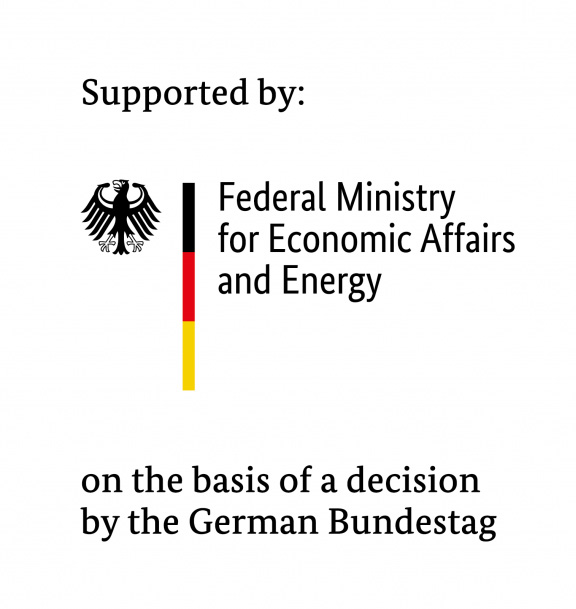Replacing nitrite in meat products with plant extracts

Nitrite should be reduced in meat products
Health authorities and governments are increasingly warning against excessive consumption of cured meat products because they contain nitrites. Scientific studies have shown a link between the nitrite content in such products and an increased risk of colorectal cancer. Measures have therefore already been taken in Europe to reduce the use of nitrites in meat products – for example, in Denmark, where stricter limits apply, and in France, where an action plan to significantly reduce these substances is being implemented.
Nitrite is the most commonly used preservative in the meat processing industry. It has a variety of functions:
- Food safety – in particular protection against the pathogenic bacterium Clostridium botulinum
- Coloring – preservation of the typical red color of meat in heated products
- Flavor formation – product-specific aroma
Finding an equivalent alternative that fulfils all these technological properties remains a major challenge for the food industry.
Functional plant extracts instead of nitrite for healthier meat products
In the NitriFree project, we combine plant extracts and organic acids with high-pressure processing to stabilize nitrite-free meat products in a sustainable manner. To this end, we obtain functional plant extracts from local food by-products, which, in addition to their technologically interesting properties, also have a natural red color. In a screening process, we work with the project consortium to identify the most promising extracts. These are then incorporated into nitrite-free cured meat products (sausages and cooked ham) in combination with organic acids. We evaluate the effects on microbiological stability and sensory properties in realistic storage tests. In addition, we are investigating the use of high-pressure processing to exploit possible synergies for product stabilization.
New perspectives for meat processors and ingredient manufacturers
This pre-competitive project aims to provide the food industry with innovative approaches for healthier meat products with reduced nitrite content or no nitrite at all. The economic potential is promising, especially given the importance of the meat sector in Belgium and Germany and the involvement of various stakeholders:
- Meat processors benefit from insights into alternative methods for stabilizing cured meat and their effects on taste, color and texture.
- Ingredient manufacturers gain valuable knowledge about the functional effects of sustainably sourced plant extracts, enabling them to expand their portfolio in a targeted manner.
- Extract producers tap into new sources of raw materials and fields of application.
The combination of high-pressure processing, plant extracts and organic acids opens up new possibilities for ensuring food safety and desired product characteristics, thus creating the basis for cooperation in the field of sausage products.
European cooperation for rapid market launch
With growing consumer awareness of healthier and more sustainable foods, as well as increasing economic and environmental demands on safe food production, close cooperation at the European level is crucial. Pooling international expertise in the fields of plant extracts, food technology and food safety will promote rapid market launch of the solutions developed after completion of the project.
| Project term: | 2025 to 2026 |
| Project management / project funding: | Projektträger DLR (via Industrievereinigung für Lebensmitteltechnologie und Verpackung e.V. IVLV), Federal Ministry of Economic Affairs and Energy BMWE, Cornet / IGF international |
| Official title: | Hurdle approach for a sustainable stabilization of nitrites-free meat products |
| Funding code: | 01IF00412C |
 Fraunhofer Institute for Process Engineering and Packaging IVV
Fraunhofer Institute for Process Engineering and Packaging IVV

